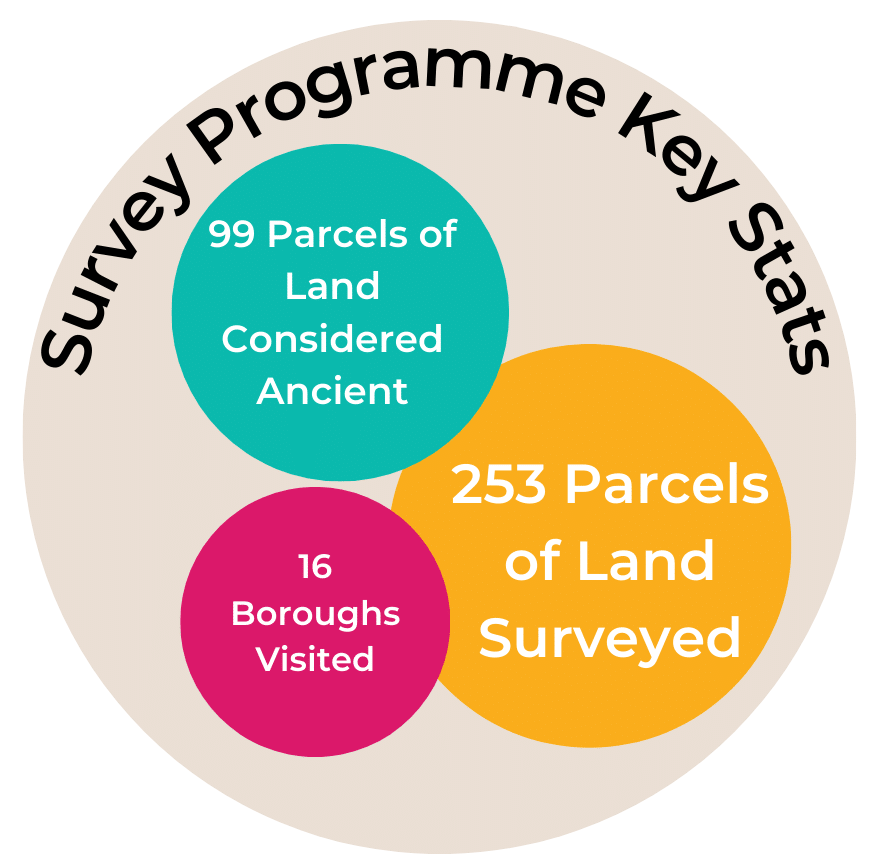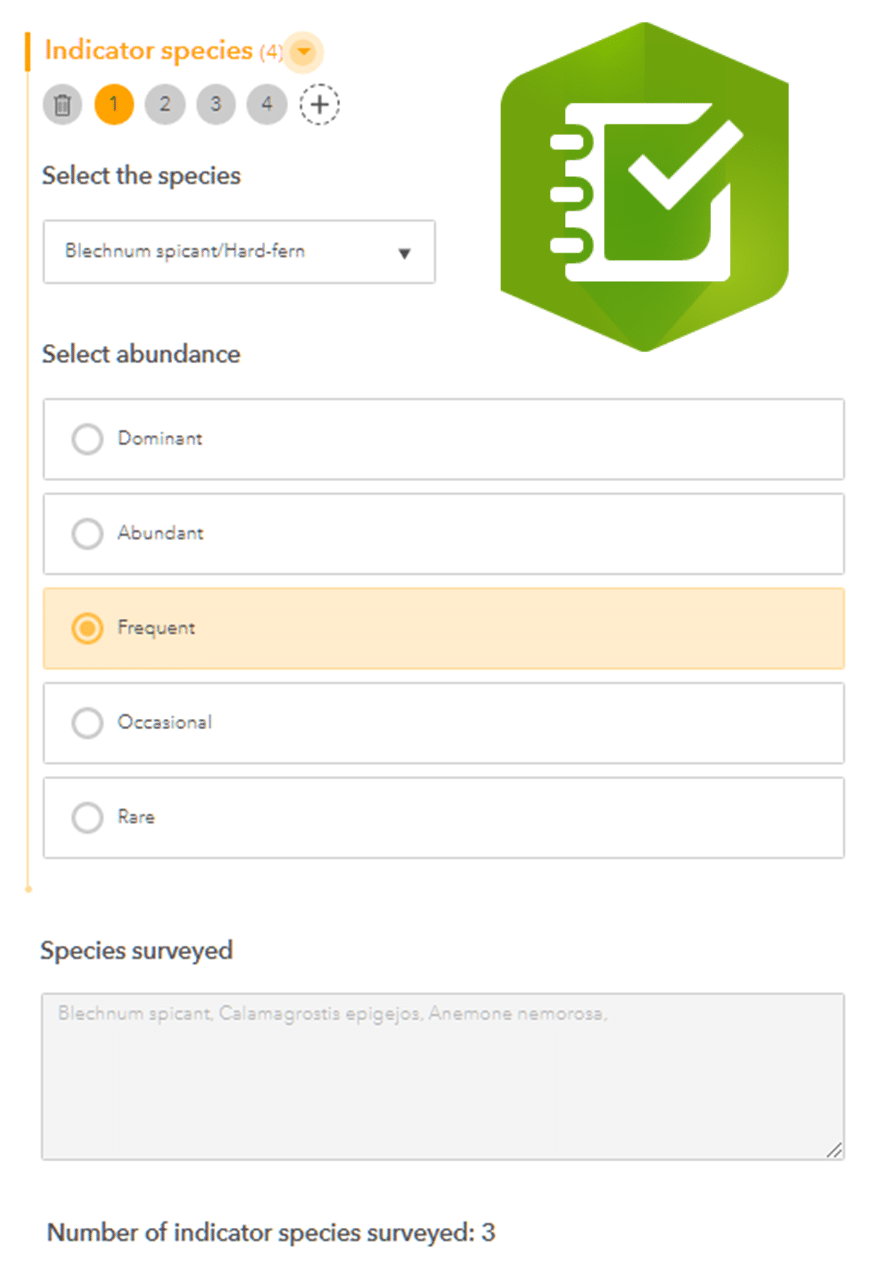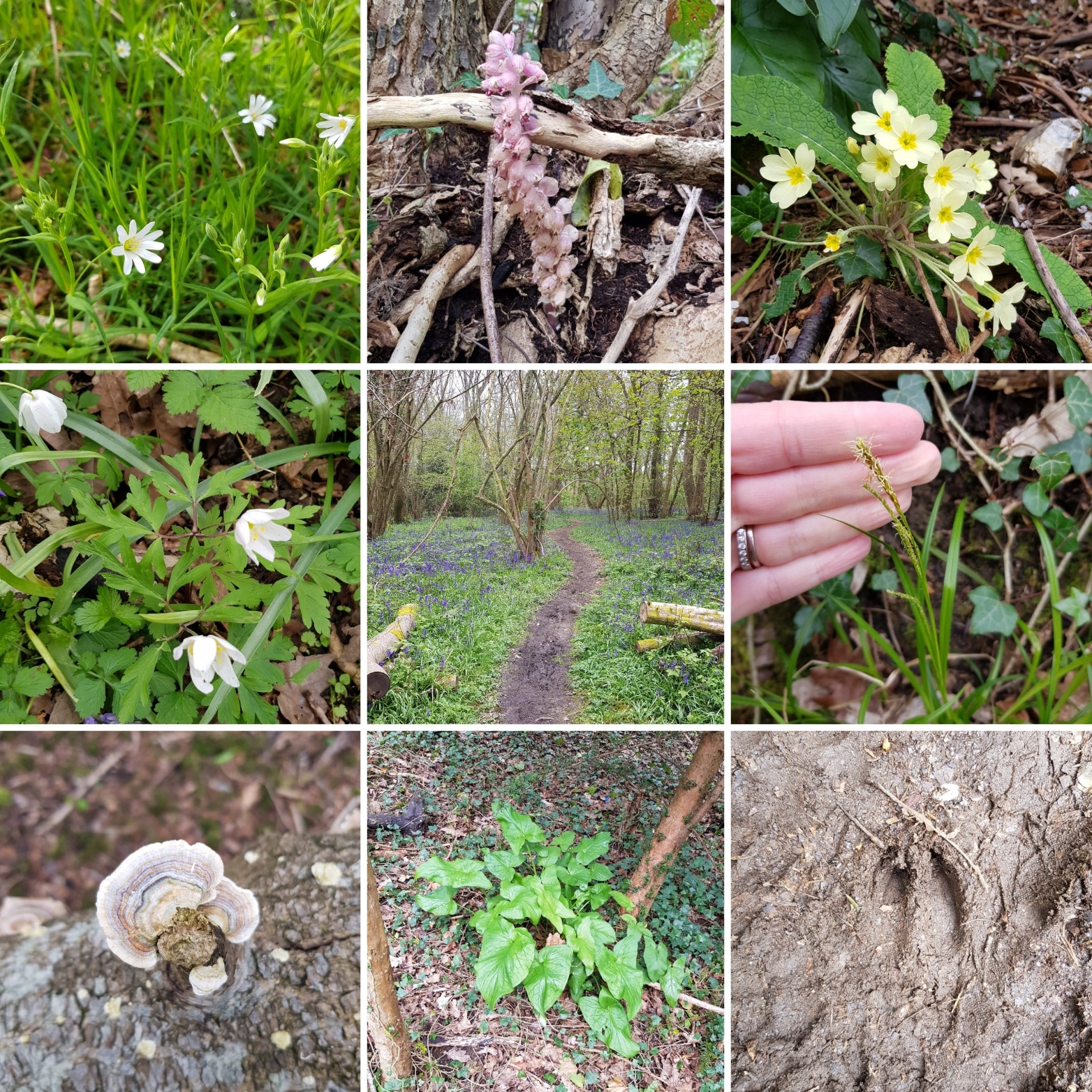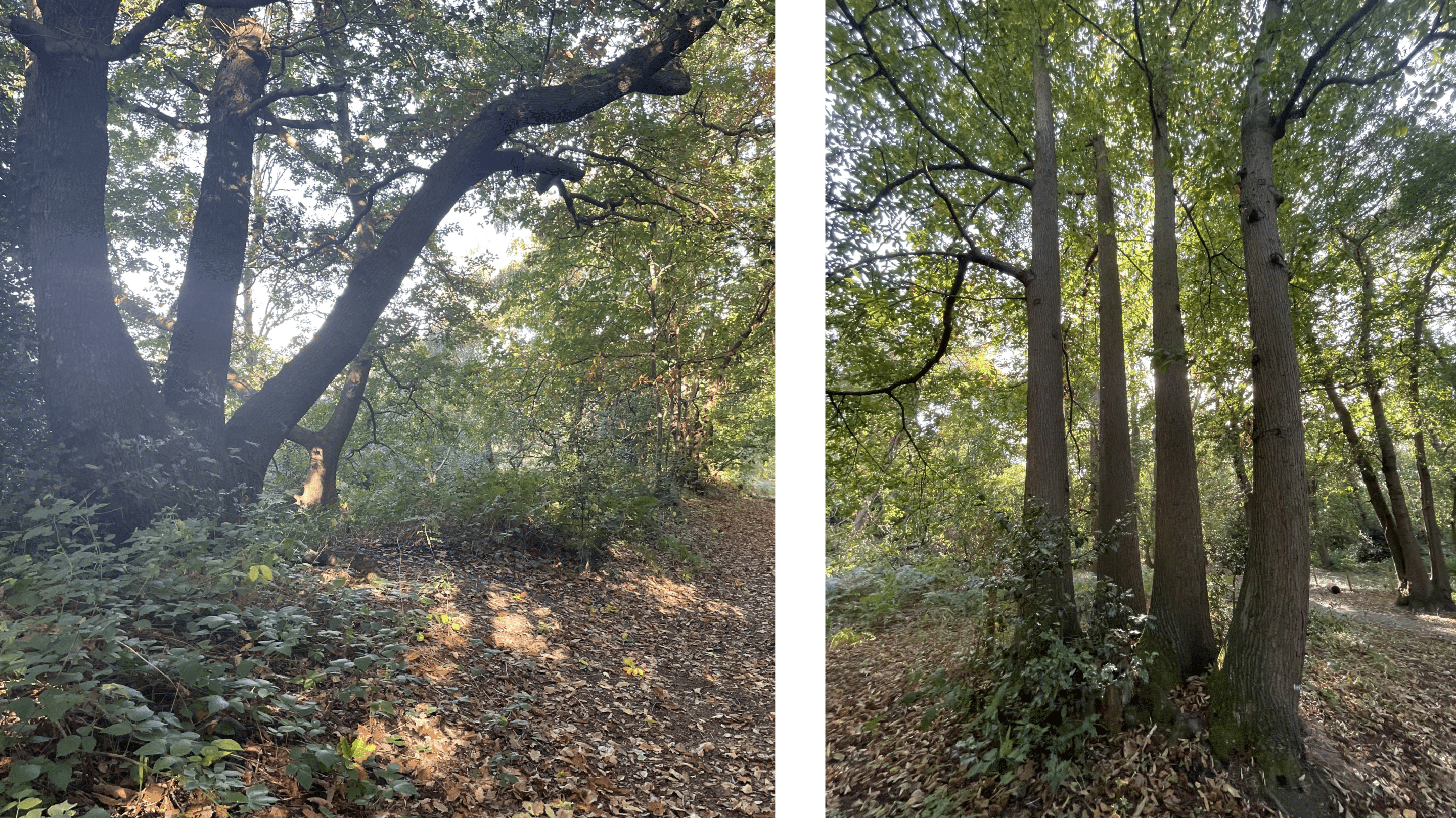AWI Update Project Survey Programme
Survey Programme Overview
From May till July 2022, GiGL directed volunteers and contracted surveyors to visit potential new ancient woodland, wood pasture and parkland sites across the whole of Greater London.
Sites were surveyed for evidence of ancientness based on species presence, structure, archaeological features and evidence of past management and land-use. The data collected, alongside historic cartographic evidence sourced by GiGL, will underpin the identification of amendments and additions to the Ancient Woodland Inventory.
Surveyors inputted what they found into an online survey form designed and created by GiGL using ESRIs Survey123. This electronic data entry helped to reduce transcription errors and enabled the quick incorporation of the surveyors’ findings into our project evidence base.
Using ESRI’s Survey123 app we created two field forms: one for closed-canopy woodland sites and another for wood pasture and parkland sites. These could be filled out in the field using the associated app or later inputted from a paper form through the online form interface.
This programme demonstrated just the beginning of GiGL’s role in coordinating prioritised surveys in London. Do get in touch with our Partnership Team if you believe GiGL can help you with survey project management or bespoke recording forms.


Contracted Surveyors
This survey programme would not have been possible without the support and expertise of our surveyors. GiGL is very grateful for all their help.
Paul Losse and Denis Vickers – Salix Ecology
Georgia Alfreds and Yasmine Airton – Greengage Environmental Ltd

Volunteer Surveyors
Members of the Bromley Biodiversity Partnership
With special mention to: Dr Judith John, Dr Ishpi Blatchley, Mr Jamie Fletcher, Mr Bob Harrop, Mrs Carol Gould, Mr Steven Lofting
Holly Woo – PhD Student Open University
This survey programme was a funded sub-project of the London Urban Forest Partnership’s successful bid to the Trees Call to Action Fund. This fund was developed by Defra in partnership with the Forestry Commission and delivered by the National Lottery Heritage Fund.

Ancient Woodland Features
Botanical Indicators
Due to the continuity of these sites over centuries – since at least 1600 AD, complex communities of organisms have developed; with many of these species considered unique and therefore characteristic of an ancient woodland. Known as ancient woodland indicator species, they tend to colonise new areas very slowly and their presence often indicates a lack of disturbance of the land. The more of these indicator species our surveyors note as present on a site the more likely the site is to be ancient. Importantly, what is considered an ancient woodland indicator species varies regionally and their presence alone is not proof a site is ancient.
GiGL holds the list of ancient woodland indicator species used for the project. Do get in touch if you would like access to it. See figure below for some examples.

© Georgia Alfreds, Greengage Environmental Ltd.
Photos taken as part of the AWI Survey Programme. Top left: Greater Stitchwort: Rabelera holostea. Top middle Common toothwort: Lathraea squamaria. Top right Primrose: Primula vulgaris. Middle left Wood anemone Anemonoides nemorosa. Middle: English Bluebell in Hazel: Hyacinthoides non-scripta in Corylus avellana. Middle right Wood sedge: Carex sylvatica. Bottom left: a fungi. Middle bottom: Lords and ladies Arum maculatum. Bottom right: a deer footprint.
Archaeological Features
Archaeological features that survive in woods can also help to explain past woodland management and land use. Key examples of features to look out for include boundary banks and ditches with their associated old trees and hedges. These often ancient features were used to delineate the boundary of woods in the past and can be used to determine the current area of an ancient woodland. They can be cross compared on old maps too!
The management of trees can also be used as evidence of a site’s ancient status with coppiced and pollarded trees common in ancient woodland and/or wood pasture and parkland.
Coppicing is a traditional woodland management technique whereby trees are cut down to their base to create a ‘stool’ where multiple new shoots will grow. This regrowth helped to ensure a regular source of timber and firewood. Highgate Wood an ancient woodland in Haringey contains both oak and hornbeam coppice.
Pollarding involves cutting back the upper branches of a tree. This encourages the multi-stem regrowth higher up the tree away from hungry grazing animals like cattle and deer and is common in ancient wood pasture and former royal hunting forest such as Epping Forest.

Coppiced Sweet-Chestnut (Castanea sativa) and boundary bank, Lesnes Abbey Wood.
